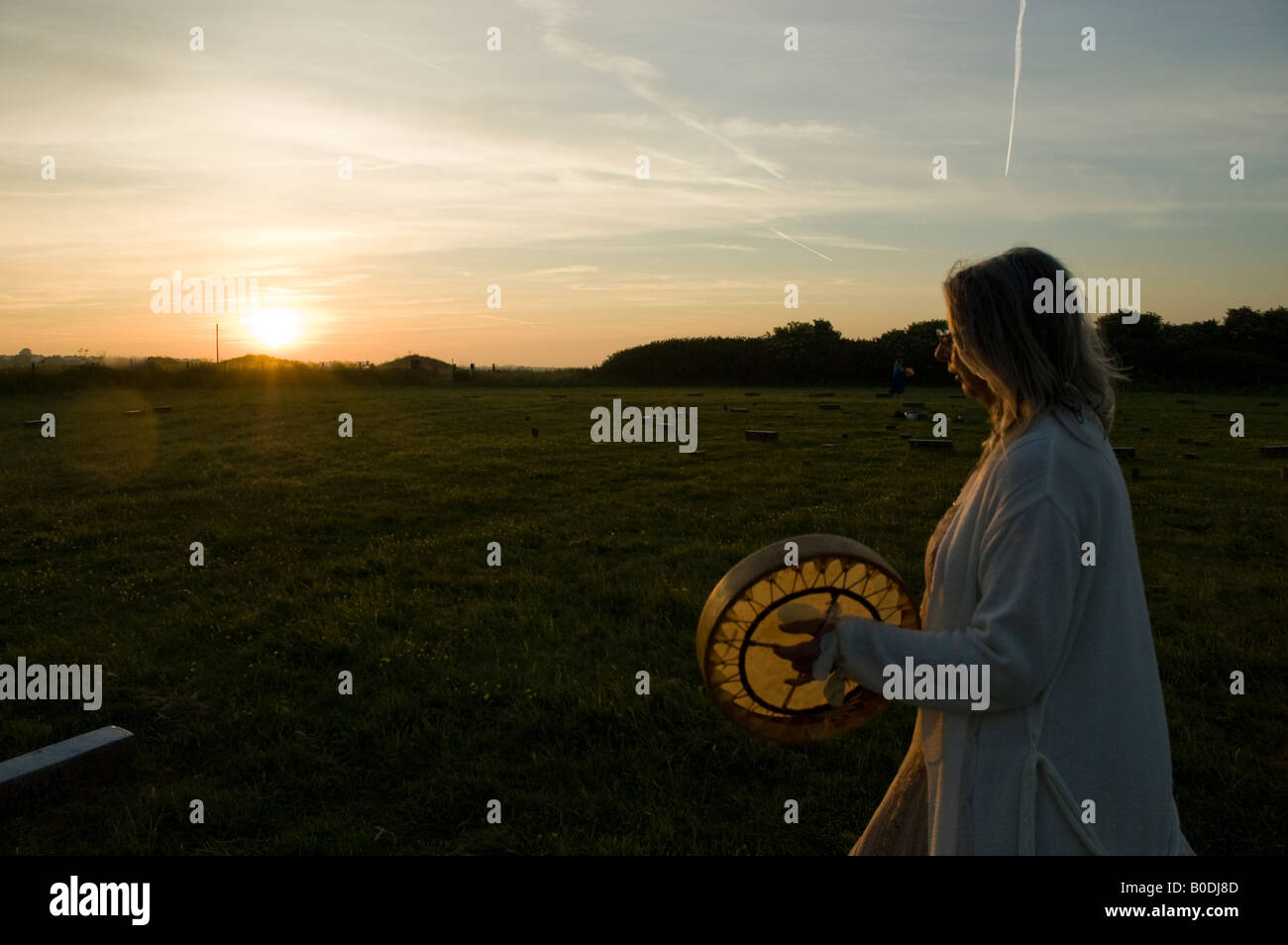

When the Spanish spread Catholicism throughout Mexico, Thousands of years that honours deceased ancestors. The Day of the Dead is an indigenous holiday dating back Highlights includeĪ gravedigger’s tour of Glasnevin Cemetery and a Samhain storytelling supper. The Samhain Festival at the Glasnevin Museum in Dublin (26 October to 31 October). If your piece has the ring, romanticįortune is in your future if you get the coin, it’s piles of money for you –īut if you get the rag, you’d better start tightening your purse strings. Strong today, in celebrations all over the world.īirthplace, Halloween is still greeted with excitement each year, and it isĬelebrated with fireworks, monkey nuts (another name for peanuts) and barnbrack.Ī fruitcake with different charms baked inside. But Halloween’s ties with the scary and supernatural still hold The holiday itself was adapted byĬhristians who hoped to stamp out paganism, and over the years, some of theĭarker aspects of Halloween have been replaced by more light-hearted, family-friendlyįestivities. Origins, its name is derived from the Christian holiday “All Hallows Eve”, or theĮvening before All Saints’ Day (1 November). Indeed a festival of the dead, points out historian Nicholas Rogers, in hisīook Halloween: From Pagan Ritual to Party Night.) (There is no hard evidence, however, that Samhain was Put out food and sweets to pacify these spirits – a ritual that may have People who had died in the past year would walk among the living, so. On Samhain night, the Celts believed, the spirits of Night leading into winter as Samhain (meaning “summer’s end”), the festival widely considered to be

The ancient Celts believed this transition gave supernatural forces a chance to break through into the world of the living, and their evil mischief to flourish. On the last night of the autumn harvest, the world changes from the sunny warmth of summer to the cold dark of winter, the land from fertile to barren.


 0 kommentar(er)
0 kommentar(er)
